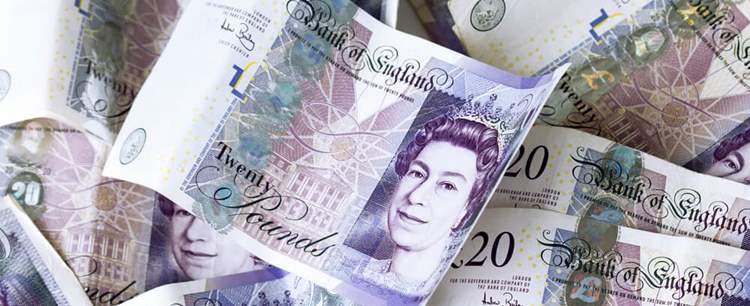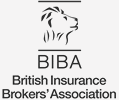If you are buying to let, you are conducting the type of business where it is important to understand the sources of income and the appreciation of your assets. For the landlord, this means understanding your rental yield and the growth of your principal capital asset – your let property.
The following tips are designed to help you better understand the questions of rental yield and growth:
Rental yield
- rental income is the principal income stream of your buy to let business;
- there is clearly a relationship between the amount you invest – the value of your let property – and the income in rents that it generates;
- by taking the value of your property and the rent you expect to receive each year, it is possible to arrive at a percentage representing the gross rental yield of your investment;
- unfortunately, however, the gross rent you receive also has an ongoing cost;
- these ongoing costs – business overheads, if you will – might include such expenses as service charges, ground rent, repairs and maintenance and letting agents fees;
- when computing your estimated annual rental income, you may want to take into account those period when the property is empty – because of a changeover of tenants, for example;
- a practically essential annual cost is also insurance for landlords, so that the structure and fabric of the building (and its contents if required) are protected and public and employer’s indemnities are in place to safeguard against claims from tenants, members of the public and any employees taken on to help run your business;
- deduct these overhead costs from your gross rental income and you may arrive at the net rental yield;
- whatever percentages you may have arrived at for gross and net rental yield, you may well want to know whether they are representative of the performance of other landlord’s businesses – this depends on so many factors that it is difficult to give any definitive answer;
- a worked example, based on the experience of one landlord, however, is published by the landlord’s association PropertyHawk , where a gross yield of 5.4% and a net yield between 1% and 2% less than that is quoted;
- over time, your rental yield is going to be affected by any appreciation in the capital value of your let property, the annual rental income from it, and the changing costs of your overhead expenses.
Capital growth
- one of the great attractions of buying to let has been, over the longer term and excepting recessions, the steadily rising value of property prices;
- the increasing value of your principal investment over time may be described as a capital growth;
- remember, however, that the market value of your let property may go down as well as up – and if it is the former, you are going to experience negative capital growth.
Understanding how rental yields and capital growth are calculated may help you to monitor and measure the overall performance of your buy to let business.
Further reading: Rightmove



